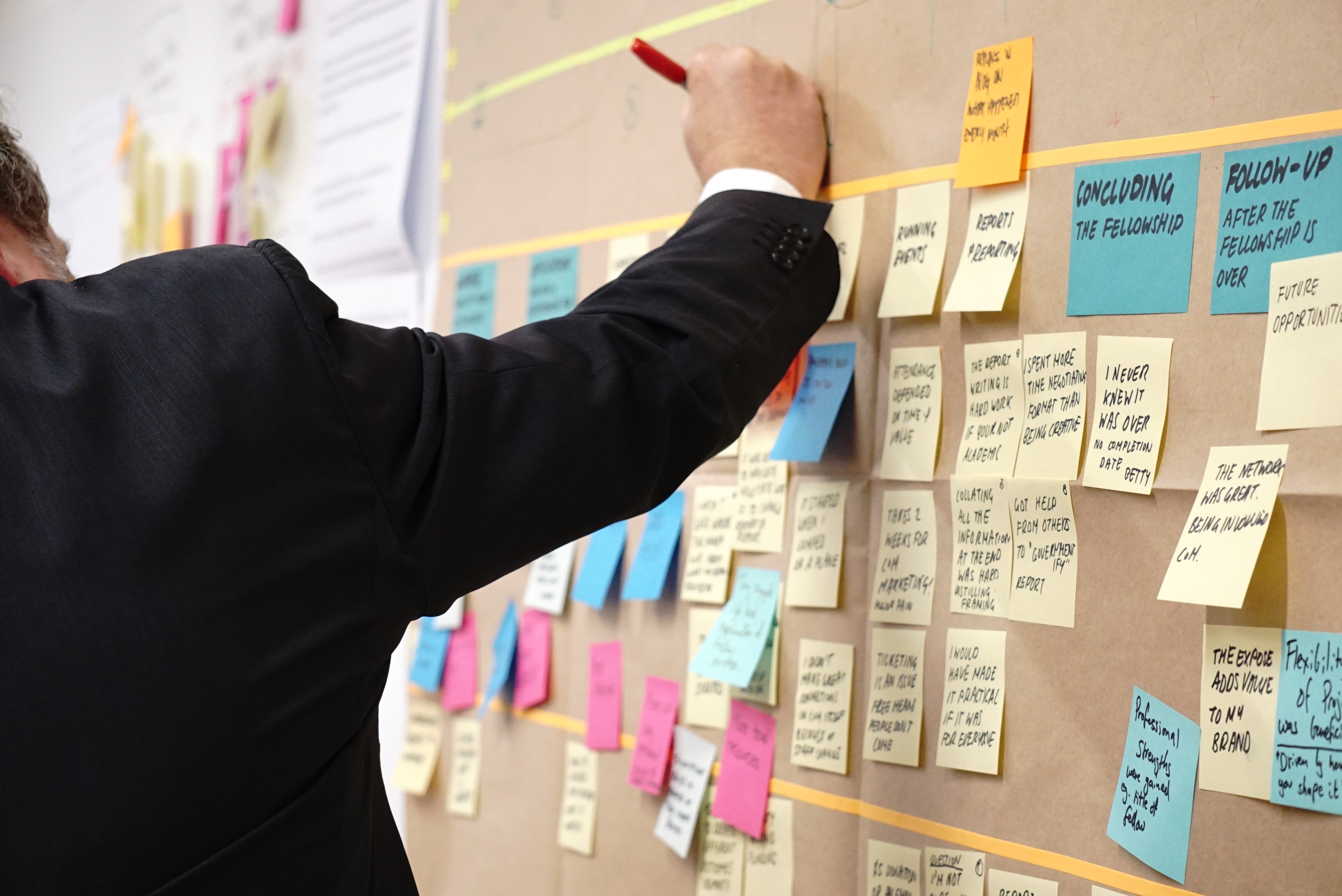It’s easy to become overwhelmed by your growing to-do list. Projects can feel like they are pulling you in every different direction, making prioritization an essential function of your project plan. Applying these tips and strategies to your project planning will save you from unnecessary stress and wasted time.
1. Tackling Goliath
Breaking down a big project into smaller tasks is the first step in taking control of your to-do list. The seemingly immense or complex tasks are automatically more manageable once they take the form of less daunting steps. While every function of completing your project is essential, looking at each step broken down can provide a much clearer vision on what is important and most easily achieved. This tip not only makes it easier to finish tasks on your list, but it also provides a clear starting point.
2. Micro vs. Macro
Taking the time to assign levels of importance to each project on your plate can create anxiety and overwhelm your project vision. When prioritizing your tasks and responsibilities, always take the time to look at the big picture and work your way down from there. While it’s often less stressful and more rewarding to tackle the simplest tasks on your list first, sometimes taking on the more complex jobs will make your life easier in the long run.
Start by laying out your ultimate business plan or project timeline, then use this to guide your to-do list. Mixing in large tasks with the small tasks can still be rewarding and is ultimately more efficient as you find yourself more prepared later in your timeline. The idea is to always prioritize your tasks so that you are going to be ahead of schedule, that way you are achieving critical goals and also leaving yourself room to breathe. Avoiding the pressure of completing all of your most difficult responsibilities in the last leg of your project timeline is the goal of this practice.
3. Using your resources
Sometimes the best way to prioritize your to-do list is through collaboration and delegation. After dividing your list by what you can do and what you can delegate, a clearer action path is immediately established. Delegating certain tasks to coworkers or technology can not only create a more dynamic and effective result, but also creates multiple moving parts working towards your goal at the same time. In addition, collaboration removes the risk of duplicating resources and allows each task to be completed in a more efficient manner. This approach gives you both the time and ability to contribute the most value to each project you take on.
4. Adjusting to urgency
Projects and to-do lists are ever changing and never fail to surprise even the most organized timeline. It is both essential and time-efficient to account for risks in the day-to-day project execution. By taking the time each day to update your plan based on new information, deadline shifts, and resource allocation, you will have an action plan that addresses both the most logical and the most urgent tasks on your list. This simple shift in priority will not only alleviate stress in the moment, but will also offer a more realistic view of your progress.
5. Stock your tool-belt
Utilizing prioritization and planning tools can be your most valuable asset in breaking down the intimidation of an overwhelming task list. Tools like The Priority Matrix aid in everything from collaboration and visibility to priority management. The Priority Matrix allows you to conquer your most important day-to-day commitments while keeping your high-level goals in mind. This visibility is essential in your prioritization process as it offers a clear and direct game plan for time sensitive tasks and responsibilities.
Apply these tips to your process and feel the relief of having your priorities in order!
